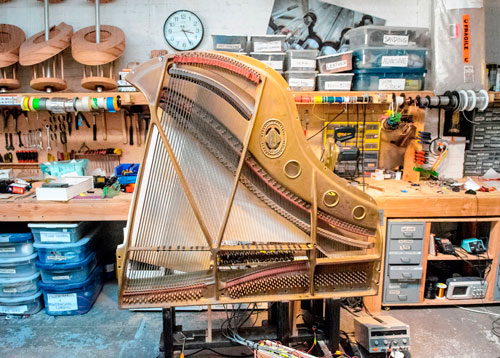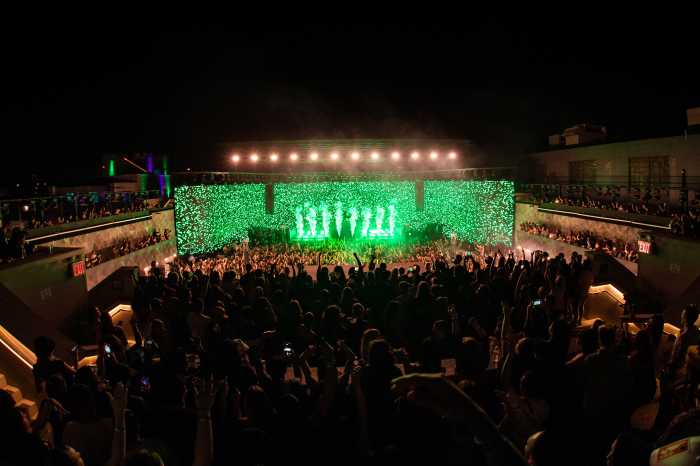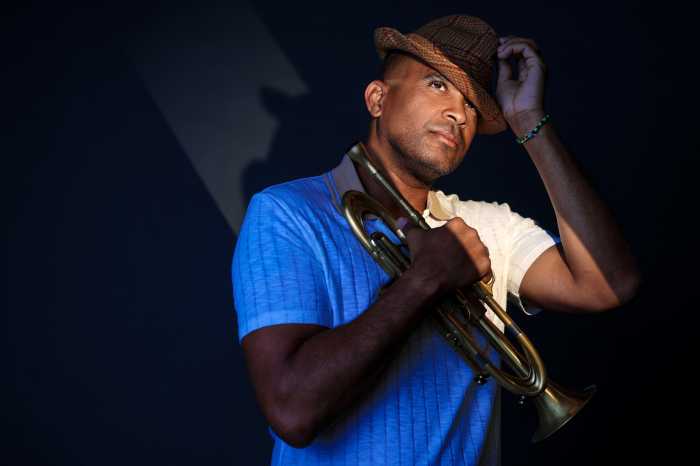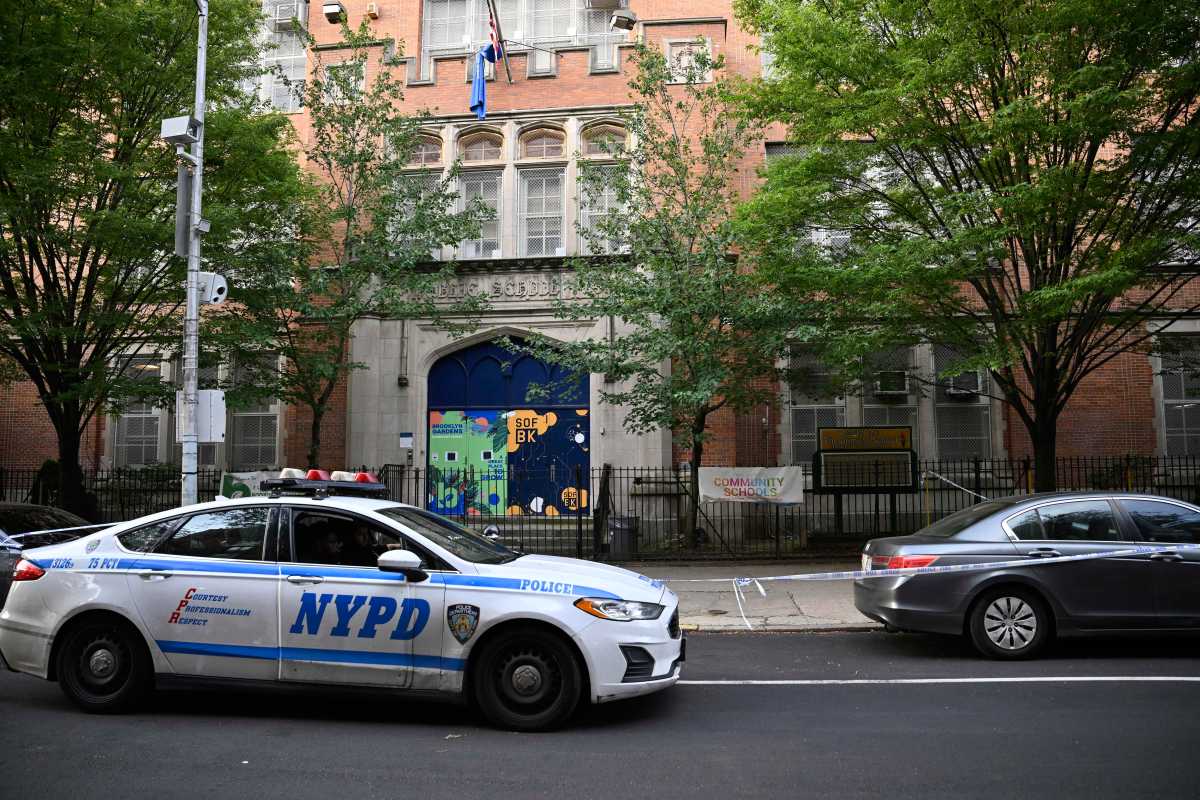So why is Andy Cavatorta’s “overtone harp” — premiering at New Music for New Instruments on Nov. 16 — so cool? The quick answer is that players can do things that are almost impossible on other instruments. One keystroke can elicit a chorus of sound.
“You can play a bunch of different pitches on one string at once — or get one pitch from several strings,” said Cavatorta, a Red Hook resident.
The long answer is a little more technical, but equally cool.
Sounds are vibrations, measured in frequency. When you play a note on just about any instrument, the resulting sound isn’t a single frequency but a mix of several — the fundamental tone is the one your ear picks up best, but buried in there are any number of less-overt overtones, Cavatorta said. Overtones are responsible for an instrument’s unique sound, its “timbre.” A note on a guitar sounds different from the same note on a piano because the instruments produce different overtones. A musician can bring certain overtones to the fore by employing special playing techniques that change how a string vibrates.
But there are physical limitations to the number of overtones a performer can produce at a given time. Cavatorta’s overtone harp sidesteps those physical boundaries with a whole lot of science.
Pulsing magnets excite the harp strings instead of a more typical tool such as a guitar plectrum or violin bow. And Cavatorta — a Massachusetts Institute of Technology alum — has created software that controls the pulses so acutely, it can manipulate how a string rings and bring out select overtones. Keyboard controls allow a player to choose what overtones the magnets produces. The result is a lot like a pipe organ, but the sound comes from vibrating strings rather than whistling pipes. And because overtones are not always the same note as the fundamental tone, you can explore some really crazy harmonic territory, Cavatorta said.
“It gives access to intervals that you can’t really access through a piano keyboard,” he said. “The piano is such a beautifully evolved instrument, but inside it, it contains so many musical possibilities that you never hear. I want to open up new possibilities, new timbres, and new ways of composing.”
























